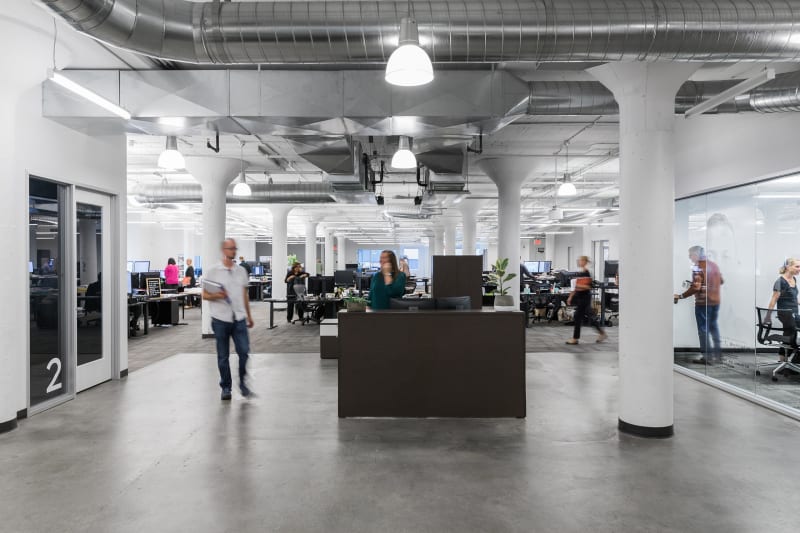Imagine a world where education was the most sought-after treasure. Where the entrances of schools are considered sacred gateways to truth and knowledge. A place where the lessons on the complexities of life provide vast perspective on what has occurred and what may happen in the future. Imagine this place to be a forum of diversity that held no bias and provided insight on the importance of sustaining our community connections and natural environments. Imagine if humanity’s greatest concern was for the future of all children and that education was the key to securing their future and living in balance with all life on our planet.
Middle school and high school students who participate A4LE’s SchoolsNEXT competition have a chance to envision the world I just described. And design professionals who mentor them help bring us one step closer to making such a future a reality.
I am honored to work with participants from the Association for Learning Environment (A4LE) Oregon/SW Washington Chapter, which include students from Lake Oswego Junior High, multiple schools from Evergreen Public Schools, Heritage High School, Mountain View High School, and Union High School. The teams from these schools focused on design that promotes overall well-being and emotional support, while developing a school environment that encourages collaboration and critical thinking. Rooftop gardens, green roofs, water conservation, and the use of recycled materials are some of the sustainability strategies incorporated into their school designs.

More than just a competition
The SchoolsNEXT competition is a roadmap to unlock the imagination and creativity of students by introducing the planning process of how schools are designed and built. Through project-based learning that engages students in real-world and personally meaningful projects, student teams are encouraged to plan and design the “schools of the future” to enhance learning, conserve resources, be environmentally responsive and engage the surrounding community. This project is a challenge that inspires and empowers students to create ideas that positively affect change in their built environment, connecting their learning to real world challenges and opportunities.


Participating students have a chance to learn about the importance of the school environment and how it plays a role in their social and emotional development. They also develop skills in math, language arts, communication, leadership, science, architecture, and planning. Most importantly, anyone who has a passion for improving the lives of others will find that the SchoolsNEXT competition is a path towards understanding the role of diverse learning environments and that all students have a right to them.
Designing for the future, today
SchoolsNEXT is an opportunity for students—the next generation—to dream about and rethink the spaces where they’re currently spending so much of their time, and hopefully provoke change to shift the learning paradigm while simultaneously exposing students to careers connected to the built environment.

These aspirations are very much what BRIC’s designers aim to achieve today in the schools we design. Being an architect for K-12 schools has led me to believe that the greatest change we can make in communities is through improving the places where children learn. That one of the reasons I love working for BRIC—as part of this firm’s continuing passion to empower learners to change the world, our designers, myself included, understand the importance of how the end users (students, teachers, and the community) experience the school building. To that end, our process prioritizes listening to and learning from end users—their opinions are invaluable to creating an end result that best meets their needs, now and into the future. We strive to design schools that create a community and spaces that support, inspire, and empower the learner.


And the winner is…
One of the best parts of the SchoolsNEXT competition program is when students present their “school of the future” designs and answer questions about their planning process, how their school is connected to the community, how their learning environment builds relationships, and what type of physical environment helps students learn and feel safe.
Winners are chosen from each school, each chapter, each region, and even internationally. I’m proud to say that students I’ve worked with have won international awards multiple times. I have my fingers crossed for all my teams this year!
While certain teams and projects do win the competition, I consider the journey of this process a win for all. Students get real exposure to what a profession in design can be like, and the nature of the project brings them closer to their own ongoing school experiences, perhaps helping them see their own educational journeys in a new light.


For myself and my colleagues, this competition allows AEC professionals to interact with students, sharing our knowledge and passion. Sharing knowledge while putting students at the center of the conversation and integrating them into the design process is an opportunity to learn just as much from them, if not more, about what they think, what they feel, and what they need from their learning environments. It’s an invigorating reminder of why we do what we do every day.
A4LE’s sole mission is improving the places where children learn. As an active member of A4LE, I see this mission brought to life through the SchoolsNEXT student design competition. As a K12 focused designer at BRIC, I am honored every day to be part of bringing this mission to life in today’s school designs as well.

